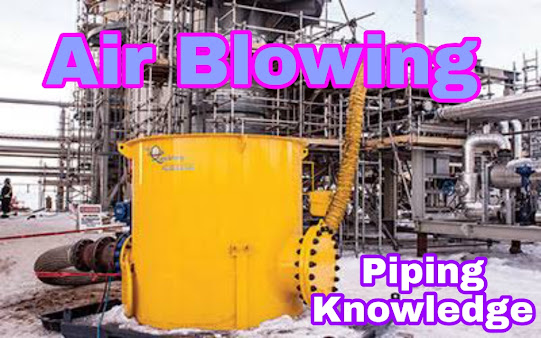Explains in details For Pre- Commissioning work basic details in oil & gas
Pre- commissioning activity
- 1. Hydrotest of Pipelines
- 2. Leakage Test of Pipelines
- 3. Flushing & Cleaning of Pipelines
- 4. System dry-out
- 5. Inerting
- 6. Systematic Conformity Check of Equipment
- 7. Static, De-energized Test of Equipment
Commissioning:
- 1. Preliminary Check
- 2. Functional Check
- 3. Operational Test
- 4. Pre-Startup activities
Pre-commissioning
and commissioning activities are crucial in the oil and gas industry to ensure
that all equipment and systems are installed, tested, and ready for safe and
efficient operation. Pre-commissioning activities are carried out before
commissioning and involve a series of tests and checks to verify the integrity
and functionality of various components, while commissioning activities focus
on ensuring that the entire system operates as intended. Let's delve into the
details of each of the mentioned pre-commissioning and commissioning
activities.
Pre-Commissioning
Activities:
Hydrotest
of Pipelines:
Objective:
To ensure the integrity of pipelines and check for leaks or weaknesses.
Procedure: The pipeline is filled with water, pressurized to a specified level, and held for a specified duration to identify any leaks.
Leakage
Test of Pipelines:
Objective:
To detect and rectify any leaks or seepage in the pipeline.
Procedure:
The pipeline is pressurized, and leakage is identified using various methods
such as pressure decay or mass spectrometry.
Flushing
& Cleaning of Pipelines:
Objective:
To remove contaminants, debris, and scale from the pipeline.
Procedure:
Chemical cleaning or high-velocity flushing with a suitable fluid to ensure the
pipeline is free of contaminants.
System
Dry-Out:
Objective:
To remove any residual moisture from the system to prevent corrosion.
Procedure:
Heating and venting are used to evaporate any moisture present in the system.
Inerting:
Objective:
To replace the air in the system with an inert gas to prevent combustion or
corrosion.
Procedure:
Nitrogen or another inert gas is introduced into the system to displace air.
Systematic
Conformity Check of Equipment:
Objective:
To verify that all equipment is installed as per design and specifications.
Procedure:
A detailed inspection of all equipment is carried out, checking for correct
installation, alignment, and conformity with design.
Static,
De-energized Test of Equipment:
Objective:
To verify that the equipment operates correctly when not in operation.
Procedure:
Equipment is tested while not under load or pressure, ensuring all components
function as intended.
Commissioning
Activities:
Preliminary
Check:
Objective:
To verify that all pre-commissioning activities have been completed
successfully.
Procedure:
Review all pre-commissioning documentation, safety checks, and ensure the
system is ready for commissioning.
Functional
Check:
Objective:
To ensure that individual components and subsystems operate according to their
intended functions.
Procedure:
Each component is tested for functionality, and any issues are addressed.
Operational
Test:
Objective:
To assess the entire system's functionality and reliability.



Comments
Post a Comment